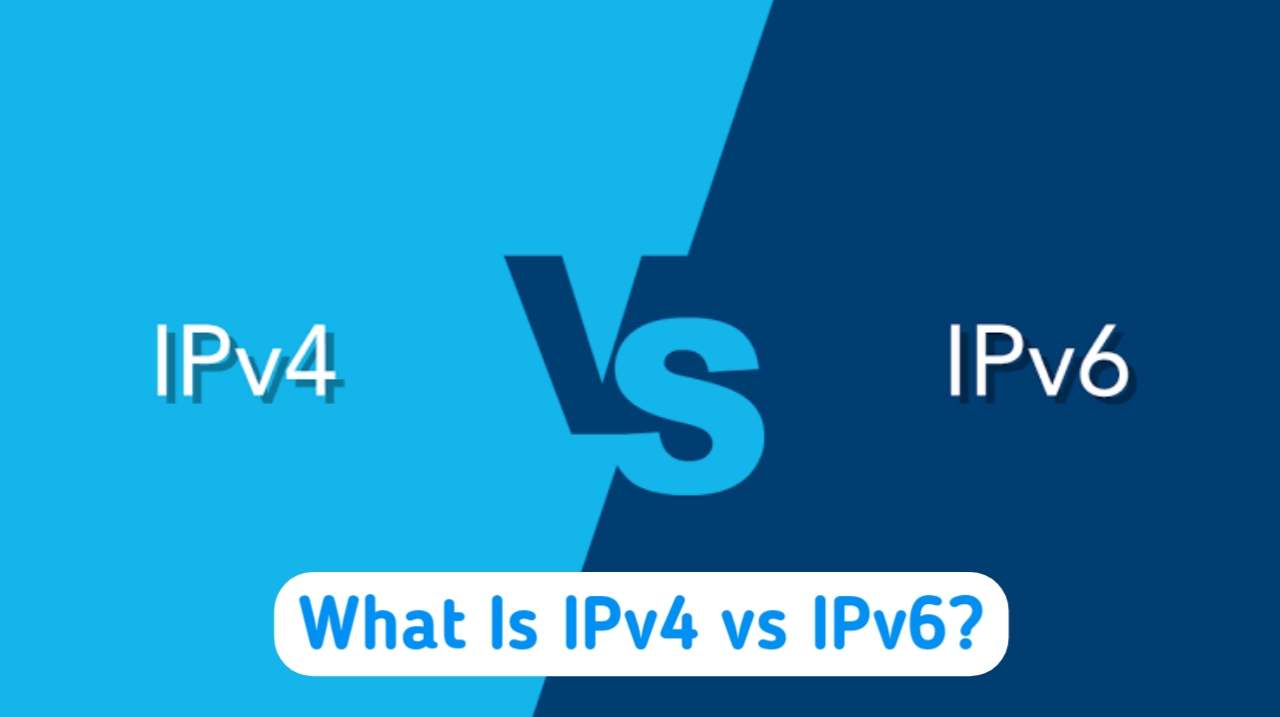What is IPv4 vs IPv6? Complete information about Internet Protocol
Have you ever heard of IPv4 or IPv6? How would you feel after hearing that the Internet is now passing through the constraints of Internet Addresses? You must have also heard that the last block of IPv4 Internet Address has also been allocated now. If you have guessed by now, let me make it clear to you that I am talking about the underlying technology that drives the Internet Protocol address. Yes, it is called IP Address. Which is associated with the beginning of the Internet and is going to end very soon. We are now concerned about this issue. IPv6 often referred to as the successor of IPv4, will soon take its place. IPv6 has many advantages over IPv4. With this new technology, not only will we get more numerical addresses, but its use will also make address assignment and network security much easier. But the transition from IPv4 to IPv6 can be a bit daunting and challenging. People have no idea about these two techniques. So today I thought why not give complete information about IPv4 and IPv6 to you guys so that you can get to know about the difference between IPv4 and IPv6 properly? First of all, let us know what is Internet Protocol. What is Internet Protocol (IP)? The full form of IP is Internet Protocol. It describes the technical formats of how data packets are processed and how computers in the network communicate with the help of addressing schemes. Almost all networks combine IP with a high-level protocol, also known as a Transmission Control Protocol (TCP), to create a virtual connection between the destination and the source. If I explain to you with an example, you will probably understand more. IP is like our Indian postal system in which this package (datagram) is first sent to the address (encapsulation) and then it is sent by a sender to the system (Internet). But there is no direct connection between sender and receiver. That package (datagram) is divided into several parts, but the address of the receiver (destination host) remains in all parts. And over time each part reaches the receiver, but on different paths and at different times. It determines the route and time by the postal system, here called IP. But the postal system (here the transport and application layers) links all the parts together and delivers it to the receiver (destination host) at the right time. Whereas in TCP/IP a connection is established between two hosts so that they can exchange messages among themselves for a period of time. What is an Internet Protocol Version? A current example of Internet Protocol is IPv6. IPv6 is an evolution of IP version 4, and is the latest version. In extreme situations where IPv6 is in high demand, IPv6 will coexist with the older IPv4 for some time. What is IPv4? IPv4 (Internet Protocol Version 4) It is the fourth revision of Internet Protocol (IP) and is used to identify the device through the addressing system in the network. Internet Protocol is designed to be used in interconnected systems of packet-switched computer communication networks. IPv4 is commonly used to connect…






